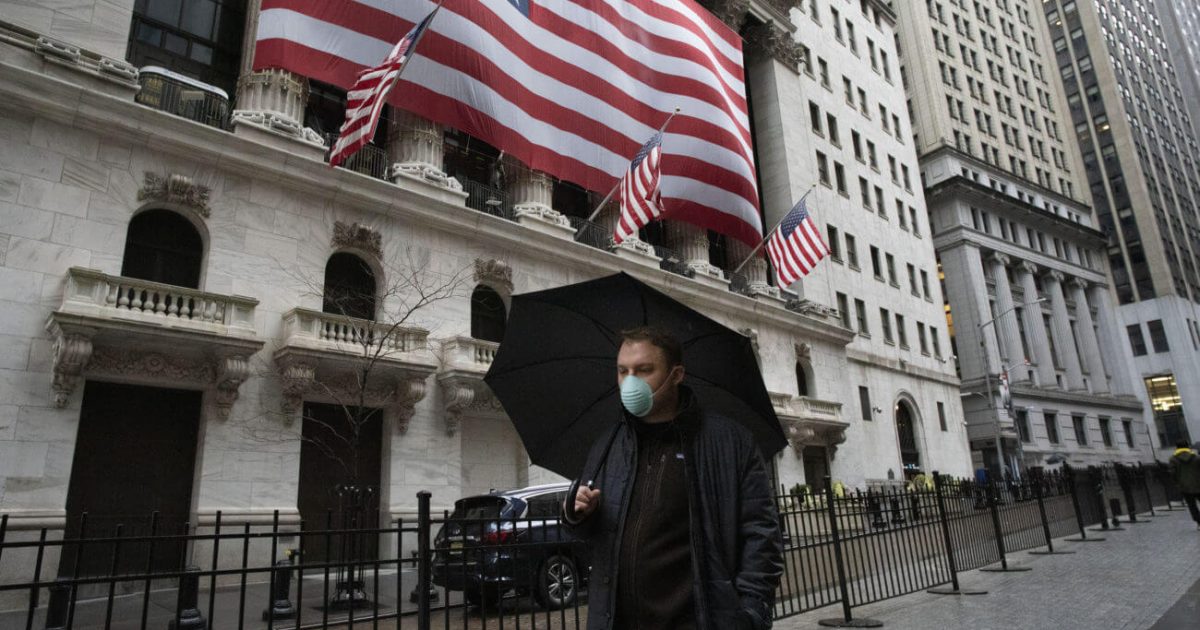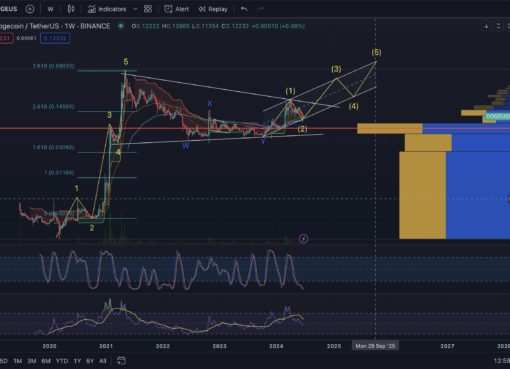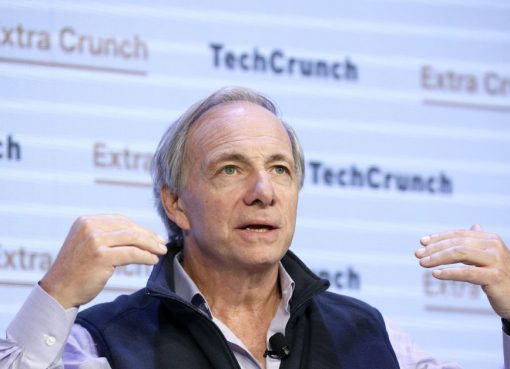- The stock market isn’t pricing in the risks that lie ahead
- Oxford Economics warns bloated valuations will bring on a correction
- Despite breaking above 3,000, the S&P 500 can’t keep climbing
Any way you look at it, the stock market is overvalued. That’s what Daniel Grosvenor of Oxford Economics warned this week as the S&P 500 blasted above 3,000. Investors breathed a collective sigh of relief when the index made its way above the key technical level, but Grosvenor cautioned that the market is due for a correction.
The S&P 500 is expensive versus history on almost all the measures we consider.
Investors Overly-Optimistic About Stock Market
Perhaps this surge upward would be warranted if the stock market were marching into stable economic conditions and bright prospects ahead, but its actually quite the opposite.
Grosvenor believes the risks significantly outweigh the benefits at the moment, stating:
The threat of renewed tariffs adds clear downside risks to already-depressed global trade, and this could derail the eventual earnings recovery.
By his calculations, shares on the U.S. stock market are overpriced by up to 16%. Even his most generous model, which assumes firms can grow their cash flow at a rate of 4%, shares are still 6% overvalued.
Grovesner isn’t alone in his calls for caution. Deutsche Bank CEO Christian Sewing also noted that the level of positivity on Wall Street has become alarming.
Yes, markets repriced, but in my personal view the underlying assumption for this recovery are a bit too optimistic
S&P 500 Level Bust
Of course, the fact that the S&P 500 was able to stretch above 3,000 has added a layer of confidence to the stock market. But Sundial Capital Research analyst Jason Goepfert noted that it doesn’t necessarily guarantee success. According to his research, if the index languishes between its 50-day moving average and 200-day moving average for too long, the outcome is usually a decline.
In the past, when the S&P 500 was stuck between its 50 and 200-day moving average for 20+ days, even breaking through the 200-day moving average wasn’t enough to guarantee continued success. Instead, he says the index tended to deliver an average decline of 12.7% over the next six months.
The trouble is basically that buyers haven’t shown enough oomph to make any progress lately. When that happens during down trending markets like we’ve been in, with a protracted stretch near but below the 200-day average, it has indicated larger problems and that has almost always meant further weakness ahead
This article was edited by Samburaj Das.
Last modified: May 29, 2020 11:00 AM UTC



